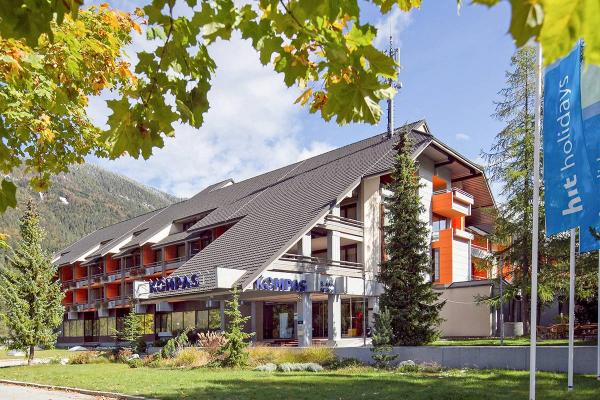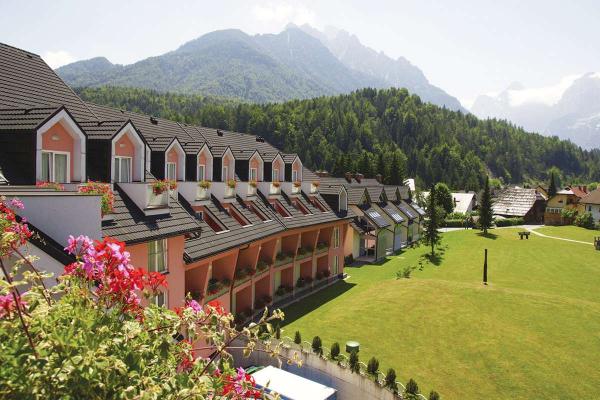Things to See & Do in Slovenia: UNESCO World Heritage Sites
Slovenia is the only country in Europe that brings together the Alps, the Mediterranean, the Pannonian Plain and the Karst. This ever changing landscape is both stunning and remarkable where one moment you can be looking at the crystal clear waters of the Adriatic Sea, then turn your head to be surrounded by the tall lush green mountains. The closeness of opposites and contrasts is a trademark of this stunning country and a major attraction for holidays to Slovenia.
There are three beautiful natural and cultural UNESCO World Heritage Sites to discover whilst on your holiday to Slovenia. A UNESCO World Heritage Site is a place that is listed by the UNESCO as of special cultural or physical significance. The list is maintained by the international World Heritage Programme administered by the UNESCO World Heritage Committee.
The Škocjan Caves
The natural pearl of the Slovenian Karst underground was placed on the UNESCO list in 1986. The several kilometre-long system of water caves were formed by the Reka river over million of years incorporating astonishing Halls, including one of the largest in Europe, the Martel Hall which is 16 metres high, 120 metres wide and 300 metres long. The natural bridges, windows and various stalagmite shapes are truly remarkable and ensure a visit to the caves is a memorable one. Only a small segment of the caves is open to tourists and in 2011, a section of the caves which had been closed since 1965, when the path was destroyed by a large flood, was re-opened for visitors.
Prehistoric Pile dwellings around the Alps
The pile dwellings or stilt houses as they are also known, are located in the Ljubljansko barje area of Slovenia. The dwellings are part of a much larger attraction that includes 111 pile dwellings spread through six countries in the region of the Alps. Built between 5000 and 500 B.C these dwellings have a unique characteristic as the wood used for their construction has been preserved in exceptionally good condition. The remains of the pile dwellings, constructed at the edge of Ljubljansko barje, are now only visible in Slovenian museums and deep underground. Besides various tools and preserved clothes, archaeologists also managed to find the oldest wheel with an axle in the world in Ljubljansko barje. It is been dated as approximately 5200 years old.
Heritage of Mercury - Almadén and Idrija
The former mercury mine of Idrija entered the UNESCO list in 2012, together with the Almadén mine in central Spain. In Idrija, mercury was dug out from 1490 to the mid 1990's. The Antonij’s shaft of the once second largest mercury mine in the world now offers a picturesque depiction of the work and lives of numerous generations of Idrija miners and their families.
You can visit any of these wonderful cultural and natural protected sites by booking your holiday to Slovenia with Balkan Holidays. Slovenia is the "hidden gem" of European destinations and is sure to give you an experience to remember and cherish for years to come.



